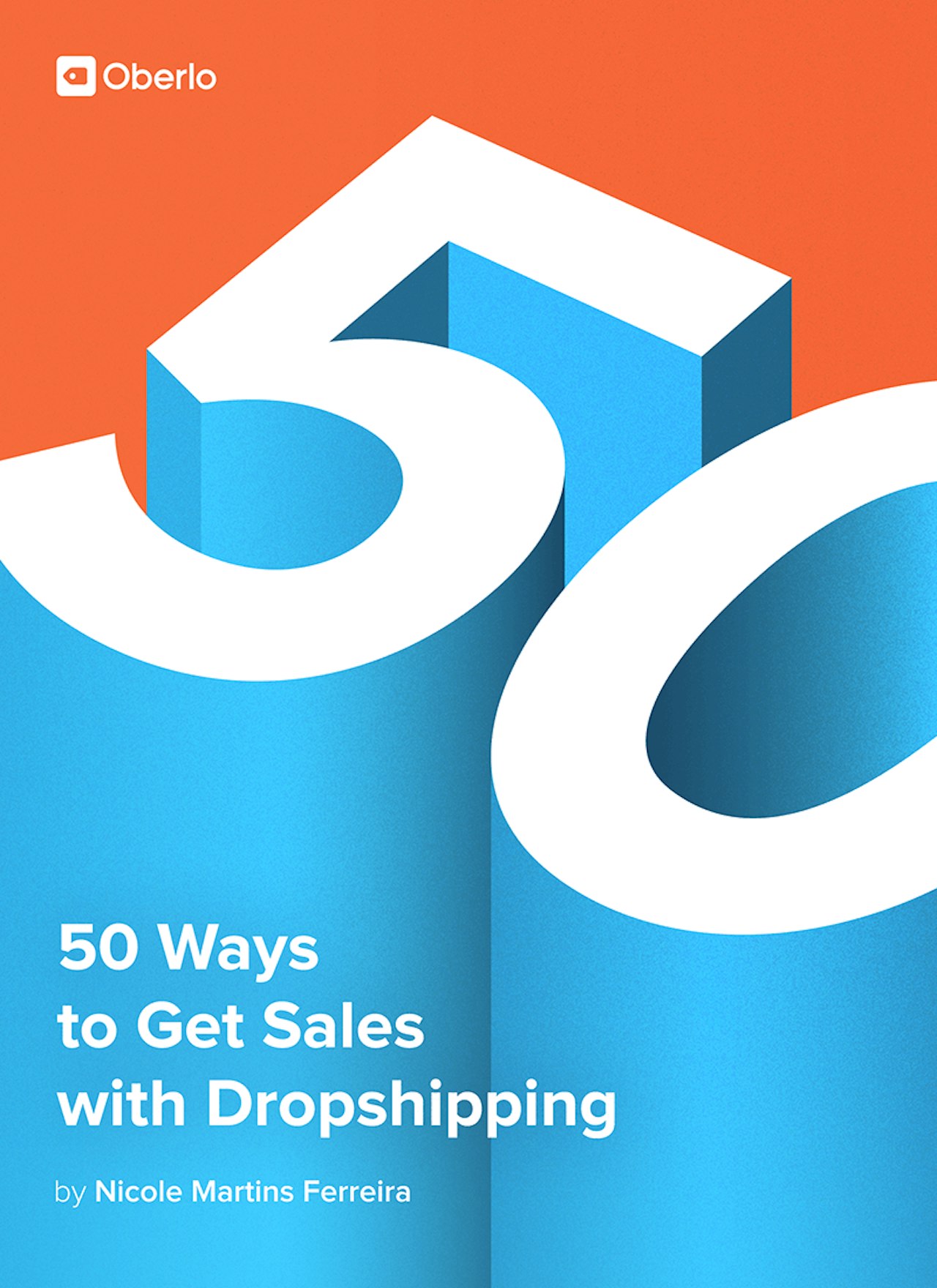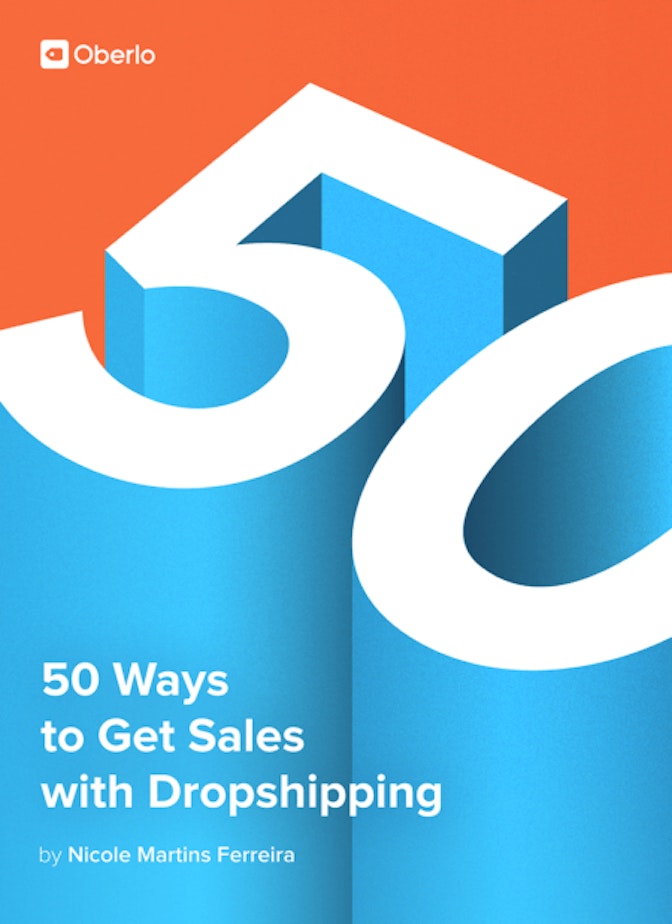Referral traffic is traffic that comes from outside of organic search. By building out your referral traffic, you can increase the amount of traffic your store receives. Whether it’s a link from an article your product was featured in or a flow of traffic from a viral blog post from your store, referral traffic can be monetized.
You can build referral traffic a number of ways. It can come from a featured product roundup, a guest post, an inclusion from a niche and more. Getting backlinks from relevant niche blogs can also help increase referral traffic. Advertising is another method for building up referral traffic. You can use Facebook ads, Google ads or a popular ad network to bring in new traffic.
Example: Amazon has grown to the ecommerce giant it is today partly because of its referral traffic. It has an affiliate program where affiliates can share a link to Amazon products on their website, blog or on social media. Amazon only pays a small commission in return for the sale keeping its advertising costs lower. Many top blogs monetize their content by sharing affiliate links to Amazon products meaning Amazon gets traffic from high authority websites. However, it’s more cost effective to have free referral traffic than affiliate referral traffic. Amazon also builds their own referral traffic by sharing product links on social media. They also reach out to publications regarding brand news and updates where a link back to their website is shared.
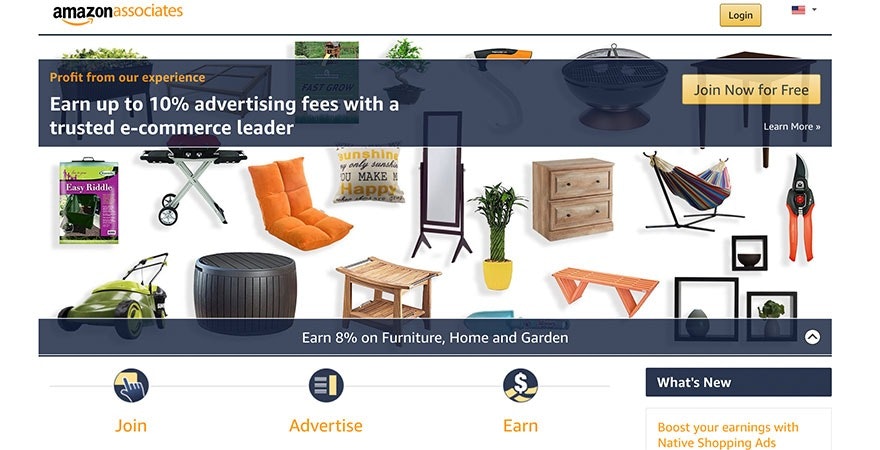
Referral Traffic Tips:
Reach out to blogs and publications. You can ask to have your products shared in listicles or for a product review. You’ll likely get a backlink to your product page. This can help boost the authority of your own store. But even if you don’t you’ll receive free traffic from their audience to yours. Also, if the publication has a really high authority, sometimes other publications republish their content giving you even more free content.
Write guest posts. What are the top blogs and publications for your niche? Ask to write a guest blog for them. Often times, they won’t let you add a link to your site within the content. You probably won’t even be able to write about your brand. However, you’ll get a link to your site in your author bio. And when you have a great piece of content, people do click the link to learn more.
Always have retargeting ads running. You can’t always predict who will share your product, store link or blog content. With a retargeting ad, you’ll always be monetizing your traffic. If your referral traffic source sends qualified traffic, showing your products in a retargeting ad will be relevant to the audience. Since they’ve already visited your store, they’ll likely recognize the brand or products making them warmer leads. Since browsers don’t always convert on the first visit, the retargeting ad can help land the sale.
Start an affiliate program – check out our affiliate program section for more. You can have affiliates drive traffic to your brand for you. By paying them a commission, you reduce advertising costs as you only pay for the lead that converts. Allow your affiliates to market your products on their blog, social media pages and more to reach a greater audience. You can even give them graphics and banners to help them lure in more customers.
Social media should be one of your biggest sources of referral traffic. Too many brands post customer photos or product photos without sharing the link to the exact product. Make it easy for your customers. Always add a link. You’re more likely to have a customer buy a product if the link is in plain site than if it isn’t. Most people don’t want to browse an entire website to find a product. Seriously, always add a link.
Tap into social bookmarking sites. While many aren’t as popular as they once were, social bookmarking sites can be a worthwhile channel for promotion. Sites like Reddit get a ton of traffic. You can’t be overly promotional in how you present your brand though. Redditors hate marketers. If you want to build your referral traffic, you can do it by providing value. Engage in the sub-Reddit for a couple of weeks before posting your link. Then, host a Reddit Ask Me Anything (AMA) where you provide value to the group. At the end of it, add a link to your store. By this point, you should’ve engaged enough that it shouldn’t come across as spam.
Comment on the right blogs. While many view this tactic as outdated, if done right, it can prove to be effective. Keep in mind, that many comments with links get triggered as spam or get deleted by the blog. However, if you add value and share a link to a relevant page, it can help you grow referral traffic from that website. Keep in mind that it probably won’t count as a ‘do-follow backlink’ though.
Get backlinks. If you’ve written a high-quality article, find other blog posts on the same or similar topic. Contact the publication asking for a link back to your article. You’ll need to offer something in return. Maybe it’s a link back to another blog post they’ve written. Or an in-depth guest post for their blog. Most people will ignore requests for backlinks. So you’ll need to offer something worthwhile. However, a backlink can build your referral traffic. And help boost your ranking in search. To monetize this traffic, make sure you have the retargeting ad running like mentioned earlier.
Post in Facebook groups. Share your blog content in Facebook groups to build your referral traffic. If the content is relevant to the audience, it’ll likely get a few clicks. If you keep sharing great content everytime, you’ll build more referral traffic from Facebook. You shouldn’t spam you article in every Facebook group. Group moderators will notice. Share different articles in different groups at different times. If they allow you to sell products in their group, you can also get referral traffic to your product pages.
Reach out to influencers. Influencers can be a great source of referral traffic. Most influencers require a form of payment to share your content. However, for some you may be able to get referral traffic from their audience by providing them with a free product. You’ll need to make sure they include a link in the description, post or bio depending on what marketing platform they’re on.
Referral Traffic Tools:
Google Analytics is the best source for tracking your online store’s traffic sources. Under acquisition, you’ll find your Referrals under All Traffic. Here you’ll see which websites are bringing in the most traffic to your store. For many of you, it’ll likely be social media like Facebook or Pinterest. If you reached out to publications, you’ll find traffic from those sources too. The thing to notice is how much traffic each platform is bringing to you. If one platform outperforms the rest, focus on increasing the amount of traffic from that source. For example, if it’s Facebook, post on Facebook more frequently. Always linking back to your website. If you’re really active on a platform but get little traffic after a few months of effort, stop engaging on the platform. Focus on high traffic platforms instead.
Alexa allows you to quickly view your referral track but also monitor the referral traffic of other brands. If you go to their ‘Browse Top Sites’ section and add your website, you’ll find information about your website. You’ll see the Global Rank (lower numbers are better). You can view which countries your brand is most popular in. Or how engaged your visitors are. You’ll also see the top keywords for your website. If you subscribe to Alexa, you’ll get even more in-depth information. If you use the tool for competitive research, you can look at the referral traffic for other brands. Focus on getting traffic from those platforms since they’re already proven to drive traffic.
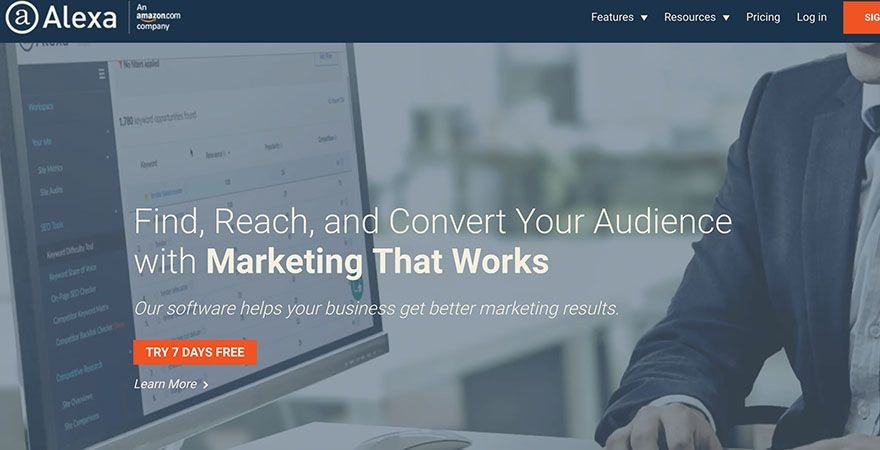
Shoelace isn’t a referral tool. However, as a retargeting tool, you can monetize your referral traffic with it. Retargeting ads tend to be cheaper than traditional product ads. If you receive referral traffic to your blog content or a non-product page of your store, visitors may never see your product. If your referral traffic brings in qualified leads, who are interested in your niche, presenting them with a relevant niche product is likely to convert a few of them.
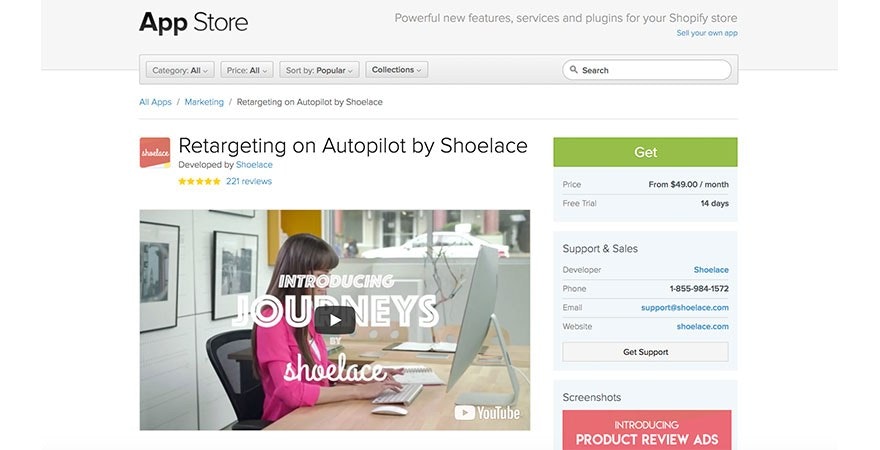
Resource:
How to Increase Your Referral Traffic by 77% in 90 Days is a great guide for intermediate store owners, though beginners looking to level up will likely find value in it. It recommends guest posting and explains how to find relevant blogs to guest post on using Google search in really easy steps. It also mentions a list of do-follow blogs where you can get a backlink back to your content.
9 Surefire Ways to Generate Massive Referral Traffic walks you through nine different techniques you can use to drive strong referral traffic. It lists using Quora and Yahoo Answers to get free referral traffic and other techniques like content curation, hashtagging and more.
